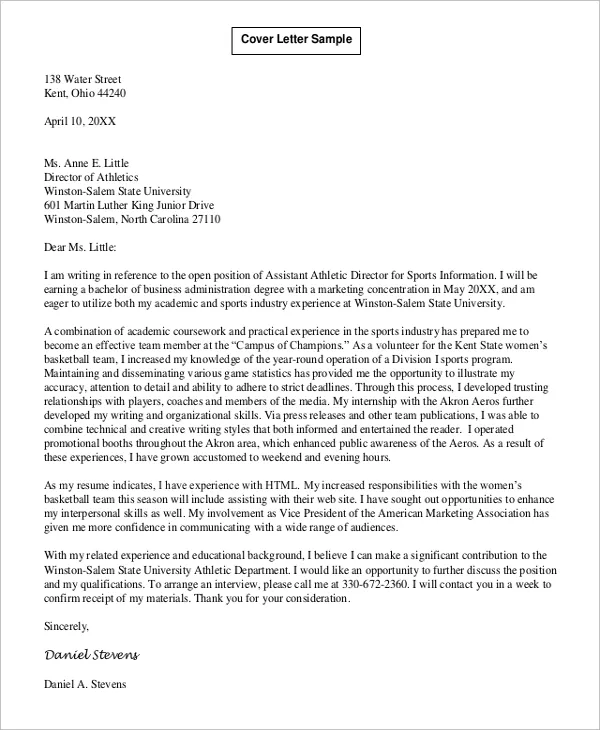Cover Letter Fundamentals
A cover letter is your first opportunity to make a strong impression on a potential employer. It serves as an introduction to your resume, providing context and highlighting your key qualifications. Unlike a resume, which is a factual overview of your experience, a cover letter allows you to express your personality, demonstrate your understanding of the job, and articulate why you are the perfect fit for the role. Mastering the art of writing a compelling cover letter is crucial for landing interviews and ultimately, securing your dream job.
Understanding the Purpose of a Cover Letter
The primary purpose of a cover letter is to persuade the hiring manager to read your resume and consider you for an interview. It’s your chance to tell a story, connecting your skills and experiences to the specific requirements of the job. It should also showcase your personality, enthusiasm, and how your values align with the company’s culture. A well-written cover letter demonstrates your attention to detail, writing skills, and genuine interest in the position, setting you apart from other applicants.
Key Components of a Cover Letter
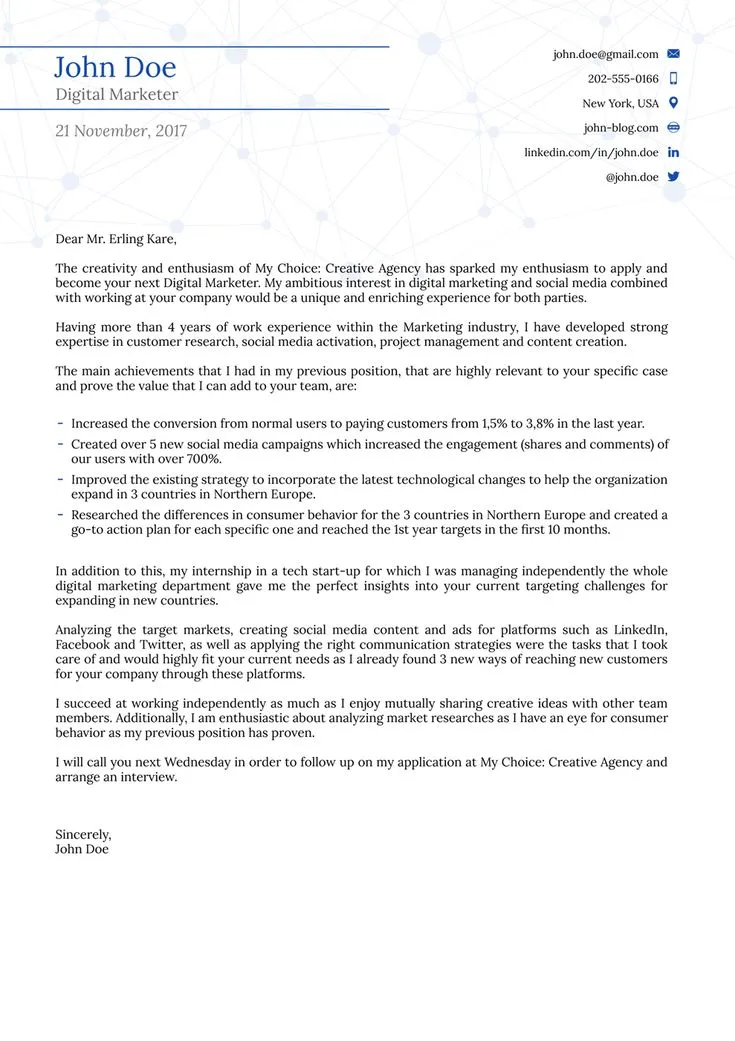
A successful cover letter comprises several key elements that work together to create a persuasive narrative. These include a professional header, a personalized greeting, a compelling opening paragraph that grabs the reader’s attention, a body that highlights relevant skills and achievements, and a strong closing statement. Each section should be carefully crafted to deliver a clear and concise message, leaving a lasting positive impression on the reader. Ensure each component works seamlessly, telling a cohesive story about why you’re the ideal candidate.
Formatting Your Cover Letter
Proper formatting is crucial for creating a professional and readable cover letter. A well-formatted letter is easy to read, allowing the hiring manager to quickly grasp the key information. Poor formatting can distract the reader and reflect negatively on your attention to detail. Formatting choices must adhere to business communication standards; this applies to font choices, spacing, and the overall layout of the document. Use simple, clean formatting to present your qualifications in the best light.
Choosing the Right Font and Size
Select a professional and easy-to-read font. Popular choices include Times New Roman, Arial, Calibri, and Helvetica. Maintain a consistent font throughout the document. Use a font size between 10 and 12 points for the body text. Ensure that the font size is readable on various devices. Ensure readability. Font choice has a strong bearing on the overall impression the cover letter makes.
Setting Up Your Cover Letter Header
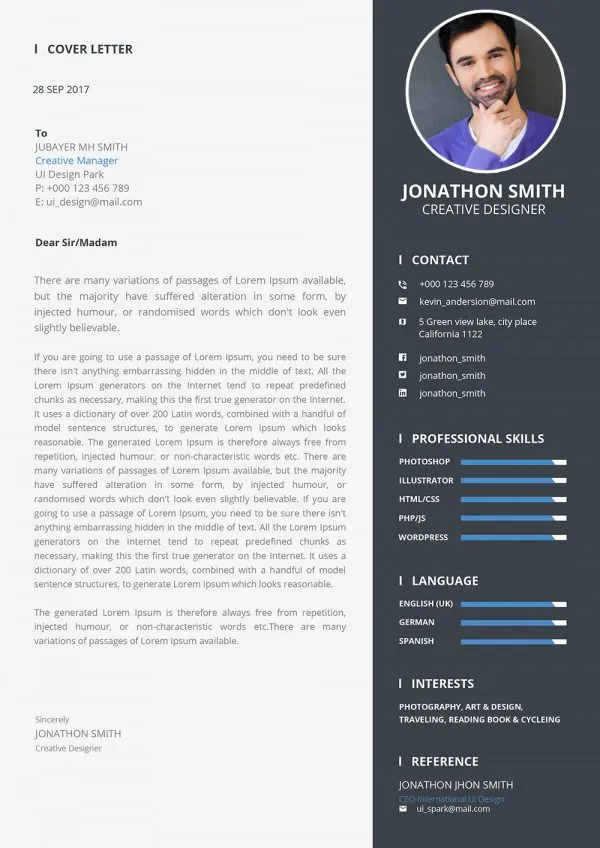
Your header should include your contact information. Include your full name, phone number, email address, and optionally, your LinkedIn profile URL. Place this information at the top of the letter, either left-aligned or centered. This makes it easy for the hiring manager to contact you. Use a clean and organized layout for your header for the best effect. Make sure your contact details are accurate and up-to-date.
Addressing the Hiring Manager
Always address the hiring manager by name, if possible. Research the company and the specific role to identify the hiring manager’s name. If the name is unavailable, use a professional salutation such as “Dear Hiring Manager.” Avoid generic greetings like “To Whom It May Concern,” which can make your letter seem impersonal. Addressing the hiring manager by name demonstrates initiative and attention to detail, which adds a layer of personalization to your application.
Writing a Compelling Opening
Your opening paragraph is your first chance to capture the hiring manager’s attention. Start with a strong hook that immediately conveys your enthusiasm for the position or company. State the position you are applying for and how you learned about the opportunity. Briefly mention your key qualifications or a standout achievement that aligns with the job requirements. This establishes a sense of urgency and grabs the reader’s interest from the start.
Highlighting Your Relevant Skills and Experience
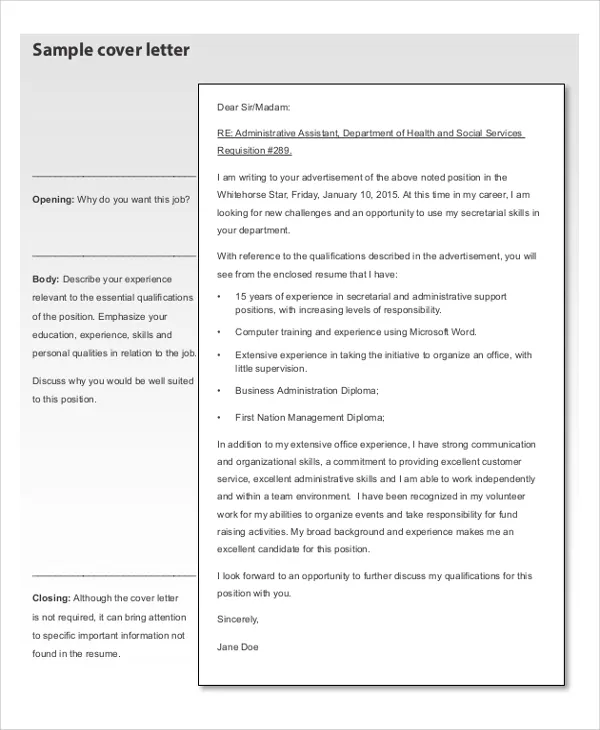
The body of your cover letter should provide detailed examples of your skills and experiences. Focus on the qualifications most relevant to the job description. Provide specific examples of your accomplishments, quantifying them whenever possible. Use action verbs to describe your responsibilities and achievements. Tailor each section to the job’s requirements, demonstrating a clear understanding of the role and the company’s needs. Make sure to highlight accomplishments that showcase your ability to contribute immediately.
Matching Skills to Job Requirements
Carefully review the job description and identify the key skills and qualifications the employer is seeking. Then, structure your cover letter to directly address these requirements. Provide specific examples of how you have used those skills in previous roles. Highlight your ability to meet the job’s demands. Show the employer how your skills align with their needs and mention the results.
Showcasing Achievements with Quantifiable Results
Instead of simply listing your responsibilities, focus on your accomplishments and provide quantifiable results. Use numbers, percentages, or other metrics to demonstrate the impact of your work. For example, instead of saying “Managed social media campaigns,” write “Increased social media engagement by 30% within six months.” Quantifiable achievements make your cover letter more compelling and provide concrete evidence of your value. These facts and figures showcase your ability to achieve results.
Expressing Your Enthusiasm for the Opportunity
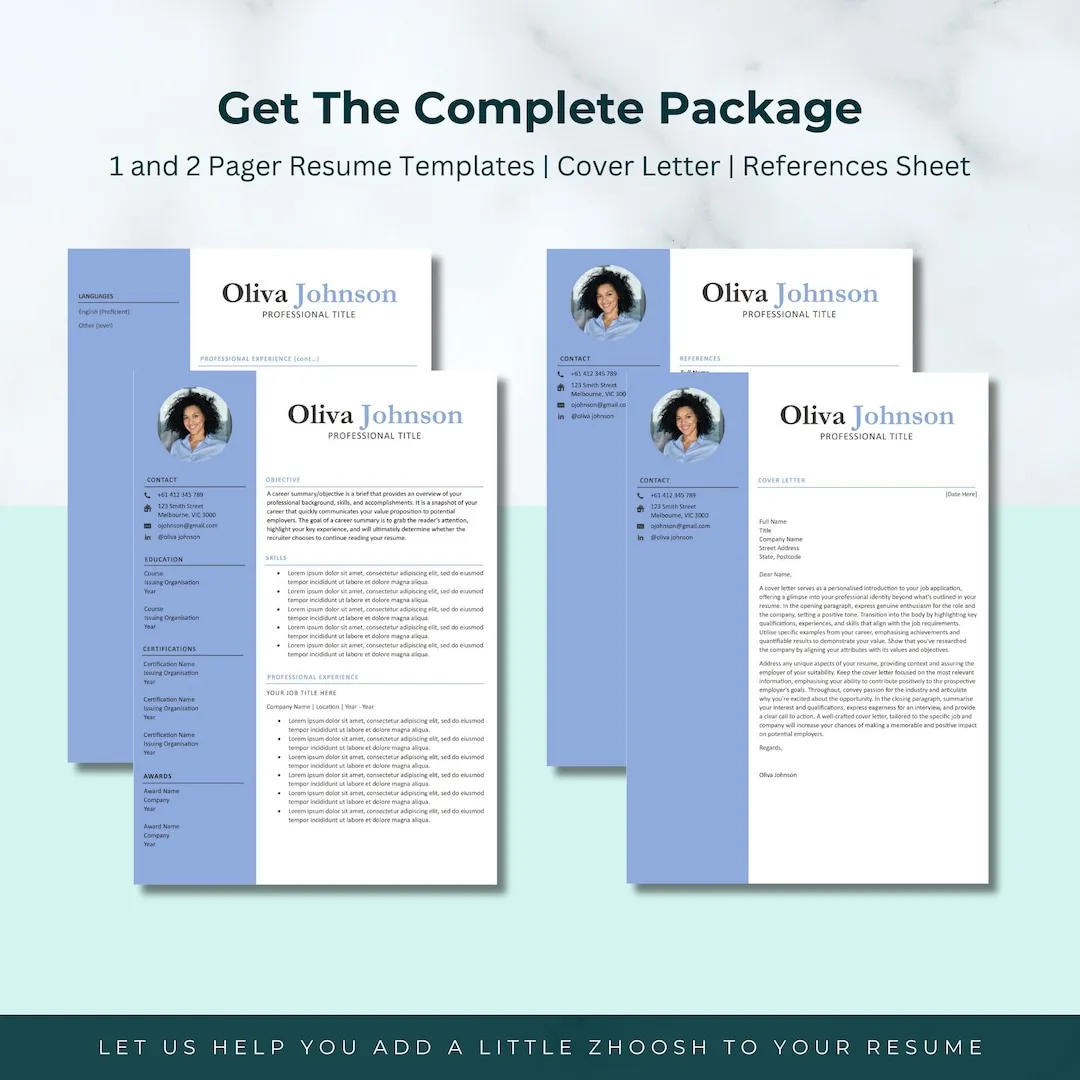
Throughout your cover letter, express your genuine enthusiasm for the opportunity and the company. Explain why you are interested in the specific role and what attracts you to the organization. Show that you’ve researched the company and understand its mission, values, and goals. This enthusiasm will help you stand out from other candidates and demonstrates a sincere interest in the position, which is often highly valued by employers. Show how your values align with the company’s to create a strong connection.
Crafting a Strong Closing Statement
Your closing statement should leave a lasting impression and encourage the hiring manager to take action. Reiterate your interest in the position and summarize your key qualifications. Express your confidence in your ability to contribute to the company’s success. End with a clear call to action, such as requesting an interview or mentioning your availability. Make sure to thank the hiring manager for their time and consideration.
Expressing Gratitude and Next Steps
Always express gratitude to the hiring manager for their time and consideration. Thank them for reviewing your application and acknowledging the opportunity to be considered. Clearly state your availability for an interview and provide your contact information again. End your letter with a professional closing, such as “Sincerely” or “Best regards,” followed by your full name. This is a sign of respect and professionalism.
Proofreading and Editing Your Cover Letter
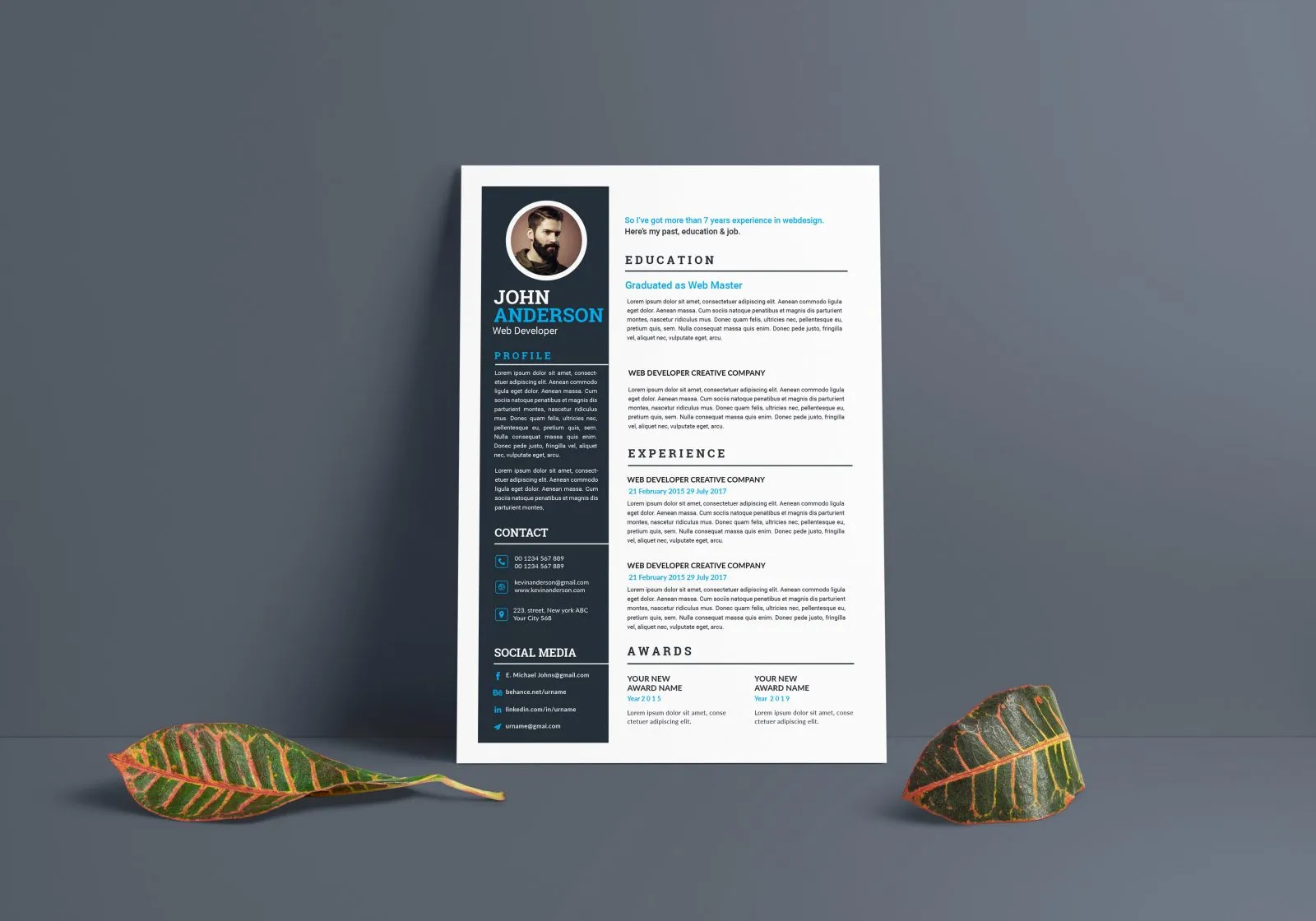
Before submitting your cover letter, thoroughly proofread and edit it to ensure it is free of errors. Errors can undermine your credibility and make a negative impression. Review your letter multiple times, checking for grammar, spelling, punctuation, and clarity. Consider asking a friend or family member to review your letter as a fresh pair of eyes can catch mistakes you might have missed. Correcting errors is a vital step in the job search.
Checking for Grammar and Spelling Errors
Carefully review your cover letter for any grammatical errors or spelling mistakes. Use spell-check and grammar-check tools, but don’t rely on them entirely. Read your letter slowly and carefully, looking for any errors that could make a negative impression. Ensure that your sentences are clear and easy to understand. Accuracy shows professionalism. Double-check proper nouns and company names.
Ensuring Clarity and Conciseness
Make sure your cover letter is clear, concise, and easy to read. Avoid using overly complex language or jargon that the hiring manager might not understand. Use short paragraphs and sentences to improve readability. Convey your message clearly and directly, without unnecessary fluff. Write in a straightforward and professional tone.
Tailoring Your Cover Letter for Each Job
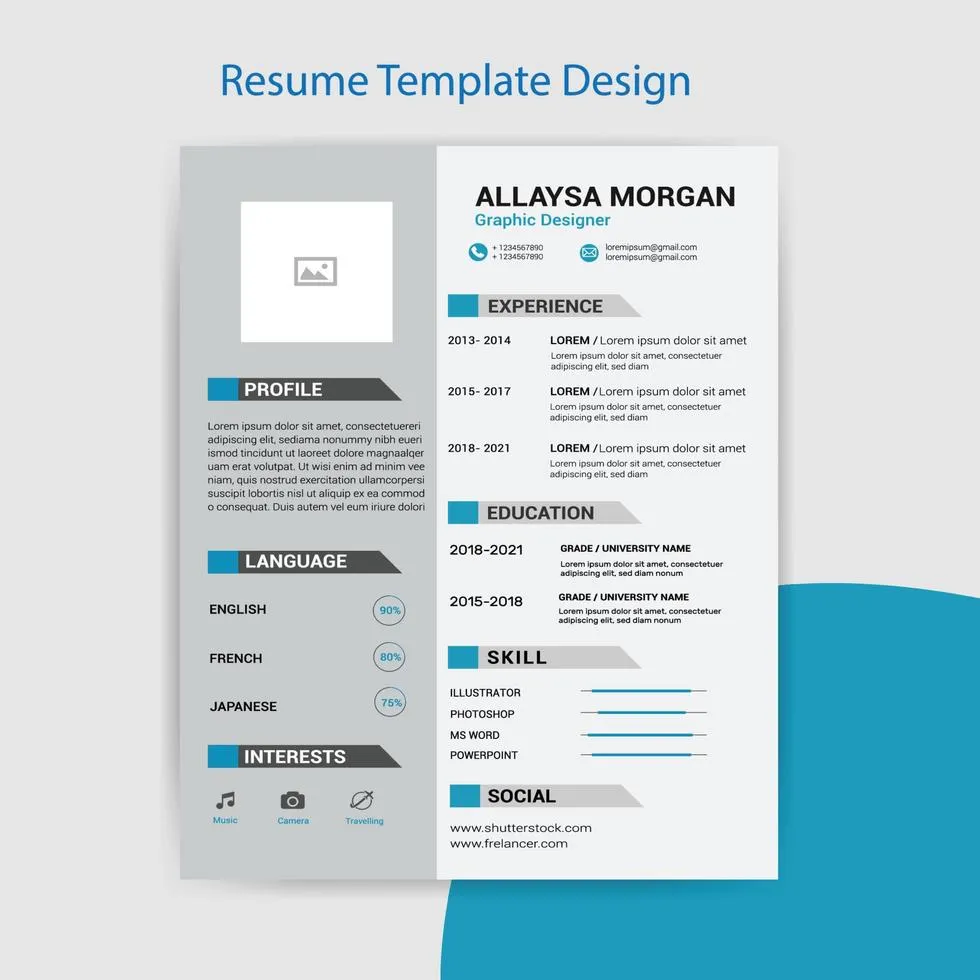
Avoid sending a generic cover letter to every job you apply for. Tailor each cover letter to the specific requirements and expectations of the position. Research the company and the specific role to understand their needs. Highlight the skills and experiences that are most relevant to that particular job. Customizing your letter shows that you have put in the effort to understand the role and are truly interested in the opportunity.
Researching the Company and Position
Before writing your cover letter, thoroughly research the company and the specific position. Visit the company’s website, read about their mission, values, and recent news. Review the job description carefully, noting the key responsibilities, required skills, and desired qualifications. Use this information to customize your letter and demonstrate that you understand the company’s culture and the role’s requirements. Thorough research gives you an edge.
Customizing Your Letter to Fit the Role
Based on your research, customize your cover letter to fit the specific role. Address the hiring manager by name, if possible, and show a clear understanding of the company’s needs. Highlight the skills and experiences that are most relevant to the job description. Provide specific examples of your accomplishments and quantify them whenever possible. Tailoring your letter shows that you are genuinely interested in the position and have the skills and experience to succeed.
Cover Letter Best Practices
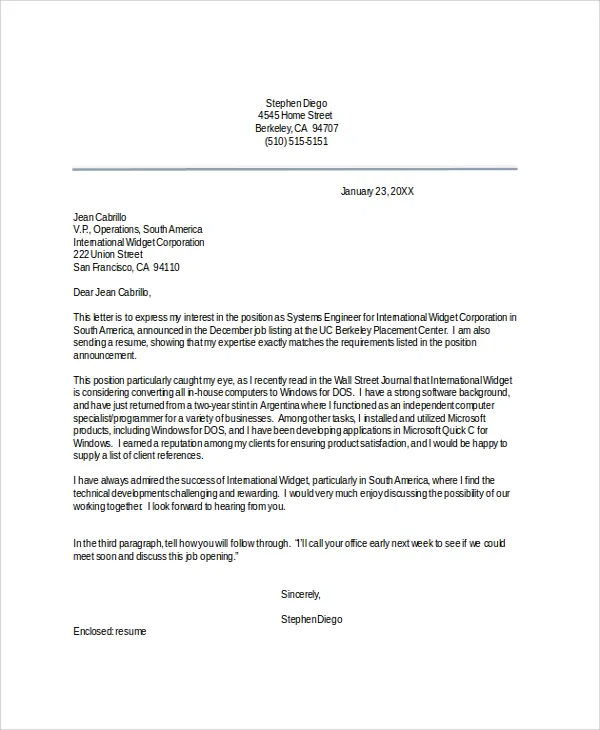
Adhering to best practices will significantly increase the effectiveness of your cover letter. Keep your letter concise, using clear and direct language. Maintain a professional tone throughout the document. Use action verbs to describe your accomplishments, and avoid common mistakes that can detract from your message. Following these tips will create a favorable impression and increase your chances of landing an interview.
Maintaining a Professional Tone
Maintain a professional tone throughout your cover letter. Use formal language and avoid slang, jargon, or overly casual expressions. Be respectful and courteous in your communication. Proofread your letter carefully to ensure that it is free of any errors that could undermine your professionalism. A professional tone is crucial for conveying respect and making a positive impression.
Keeping Your Cover Letter Concise
Keep your cover letter concise and to the point. Aim for one page, unless specifically requested otherwise. Avoid unnecessary details or lengthy explanations. Highlight your key qualifications and accomplishments quickly and effectively. Focus on what makes you the best candidate for the job and respect the hiring manager’s time. Concise writing enhances the impact of your message.
Using Action Verbs
Use strong action verbs to describe your accomplishments and responsibilities. Action verbs convey energy and make your letter more engaging and impactful. Examples of action verbs include “managed,” “led,” “achieved,” “developed,” and “implemented.” Use action verbs to start your sentences. This practice adds weight and power to your statements and quickly conveys your achievements.
Avoiding Common Mistakes
Avoid common mistakes that can negatively impact your cover letter. Do not include irrelevant information or repeat your resume verbatim. Avoid using generic language or clichés. Do not send a letter with grammatical errors or typos. Failure to customize the letter for the specific job and company is also a common mistake. Making these adjustments can make the cover letter more effective. These steps contribute to a professional presentation.
Cover Letter Templates and Examples
Utilize cover letter templates and examples as a starting point to guide your writing. Templates can provide a structured format and help you organize your thoughts. Examples can show you how to effectively highlight your skills and experiences. However, always customize the templates and examples to reflect your unique qualifications and the specific job requirements. Using resources helps get your letter on the right track.
Different Cover Letter Formats
There are several different cover letter formats that you can use, including the traditional format, the functional format, and the combination format. The traditional format is the most common and suitable for most situations. The functional format emphasizes your skills and abilities over your work history. The combination format combines elements of both. Choosing the right format depends on your experience and the specific job requirements.
Where to Find Cover Letter Examples
There are numerous resources where you can find cover letter examples. Job search websites, career blogs, and professional networking sites often provide templates and examples. Many universities and career centers also offer sample cover letters and writing guides. Use these examples as inspiration, but make sure to adapt them to your own qualifications and the specific job you are applying for. Make use of all available resources.
